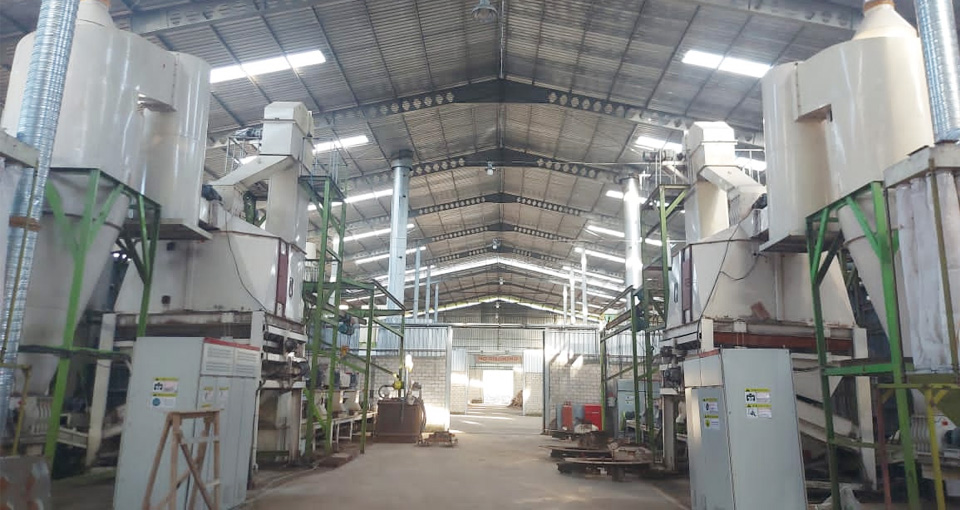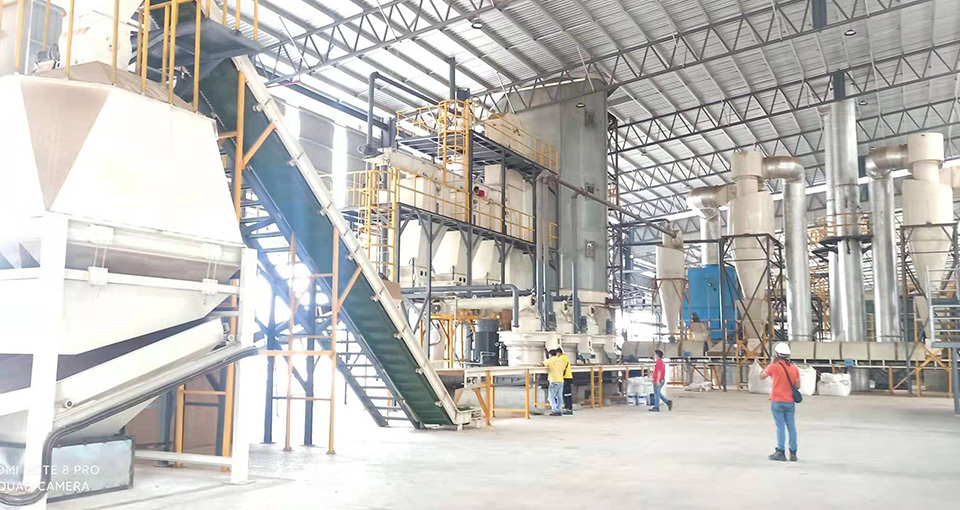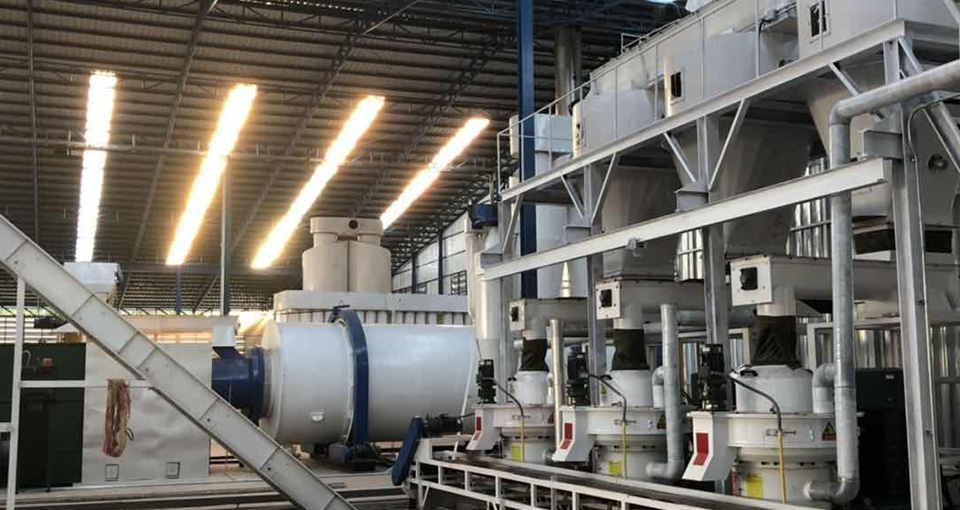
Nepal, a country nestled in the Himalayas, has long been known for its magnificent natural scenery. Today, this land is quietly becoming an emerging hot spot in the global renewable energy sector. As the global energy structure accelerates its transformation, this country rich in natural resources is turning its attention to biomass energy development, providing unprecedented opportunities for keen international investors and companies.
The external bidding information for Nepal's biomass power generation project in 2025 has attracted widespread attention. This is not only an energy project, but also a key step in promoting the country's sustainable development. For biomass pellet producers and suppliers, a market full of potential is opening up.
1. Market opportunities: dual drive of demand gap and policy dividends
There is a huge gap between energy demand and supply in Nepal. According to data from the Nepal Electricity Authority (NEA), the country's current installed capacity of biomass power generation is only about 15 MW, accounting for a very small part of the country's total installed capacity. But there is huge room for growth behind this figure.
Current situation of power shortage: Nepal has long faced power shortage problems and mainly relies on hydropower (but the gap is huge) and expensive heavy oil for power generation, resulting in high electricity prices. This energy structure is not only costly but also unsustainable, creating a natural development space for biomass energy.
Ambitious renewable energy goals: The Nepalese government has set a goal to increase the total installed capacity of renewable energy to 20,000 MW by 2030, of which biomass power generation is seen as one of the key ways to achieve this goal.
Release of policy dividends: To encourage the development of biomass energy, the Nepalese government has provided a series of incentives, including tax incentives, subsidy policies, and technical research and development support. These policies directly reduce investment and operating costs and improve the economic feasibility of projects.

2. Resource endowment: abundant raw materials and significant cost advantages
The core advantage of Nepal in developing the biomass pellet industry lies in its abundant raw material resources, which is the basis for the sustainable development of the industry.
Agricultural waste resources: According to statistics, Nepal produces more than 20 million tons of agricultural waste each year, including rice husks, wheat straw, corn stalks, etc., which provides sufficient and low-cost raw material sources for biomass pellet production.
Forestry resource potential: The country's forest coverage rate is as high as 43%, and forestry residues and wood processing waste have not yet been developed on a large scale, which is convenient to collect and low-cost.
Raw material cost advantage: According to market research, the cost of biomass fuel in Nepal is expected to be no more than RMB 300/ton, which is significantly lower than the raw material price in many countries, providing cost competitiveness for biomass pellet production.
3. Global Trends: Biomass Pellets Market Growth and Nepal’s Positioning
The global biomass pellet market is in a stage of rapid growth, which provides a favorable external environment for the development of Nepal’s industry.
According to statistics, the global biomass fuel pellet market will reach US$83 billion in 2022, and is expected to grow to US$164.4 billion by 2030, with a compound annual growth rate of approximately 9.1%6. This growth is mainly driven by the European and North American markets, but Asia is becoming an emerging growth pole.
In terms of application areas, biomass pellets are expanding from traditional residential heating to more diversified scenarios:
Industrial boiler fuel substitution: providing clean heat for manufacturing
Biomass power plant fuel: as a stable and renewable base load power source
Combined heat and power system (CHP): improving overall energy efficiency
Nepal has the potential to play a dual role in this global market: on the one hand, as a demand market, developing local biomass pellet consumption; on the other hand, as a supplier, it may export pellet fuel to surrounding countries with power shortages in the future. The country’s abundant raw material resources and relatively low production costs give it a potential competitive advantage in the regional market.
4. Risks and Challenges: Strategic Considerations for Market Entry
Despite the promising prospects, entering the Nepal biomass pellet market still requires a rational assessment of risks and challenges:
Initial investment threshold: Biomass pellet production facilities and power generation projects require high upfront capital investment, which poses challenges to cash flow management
Technology and talent gap: Nepal has limited expertise and experience in biomass conversion technology, and requires international cooperation and technology transfer
Supply chain and logistics bottlenecks: Insufficient infrastructure for raw material collection, storage and transportation, especially in remote areas
Policy implementation continuity: Although the current policy environment is favorable, political changes may affect the sustainability of support policies
International competitive pressure: Global giants such as Enviva, Drax Biomass International, German Pellets GmbH, etc. are actively deploying in the Asian market, and local companies in Nepal are also gradually growing
Faced with these challenges, successful companies often adopt a localized cooperation strategy and establish joint ventures or strategic alliances with local partners in Nepal. At the same time, modular and incremental investment can reduce initial risks, and technological adaptability innovation is the key to overcoming local operational challenges.
5. Strategic Recommendations: Market Entry and Sustainable Development Paths
For international companies seeking to enter the Nepal biomass pellet market, the following strategic paths are worth considering:
Resource-market matching layout: According to the distribution characteristics of raw materials, establish a pellet production base in the Terai Plain agricultural area to utilize abundant agricultural waste; deploy forestry biomass projects in the central mountainous area, close to forest resources
Diversified product strategy: Develop pellet products of different types and specifications to meet different needs such as power generation, industrial heating and civil heating, and improve market adaptability
Technical cooperation model: Cooperate with local companies or research institutions to establish a technology demonstration center to showcase advanced pellet production technology and cultivate the local market
Value chain integration: Consider a vertical integration model from raw material collection to pellet production and then to terminal applications (such as district heating) to enhance overall competitiveness
Green certification and international integration: Arrange international sustainability certification (such as ENplus, SBP) in advance to create conditions for future export markets and obtaining international financing
The Nepalese government is actively seeking international cooperation and financing to attract more international capital and technology to enter the country's biomass energy market. This provides a favorable policy and financing environment for foreign-funded enterprises.
Conclusion: Seize the frontier of green energy
Nepal's biomass pellet market is on the eve of explosive growth. Rich natural resources, strong policy support and huge energy demand gap have jointly created this unique investment opportunity.
As Nepal promotes its renewable energy transformation, biomass pellets, as a bridge connecting agricultural and forestry resources with clean energy, will play an increasingly important role in the country's energy structure.
The global biomass pellet market is growing rapidly and is expected to reach US$164.4 billion in 2030. Under this major trend, Nepal is not only a demand market, but is also likely to develop into a regional biomass pellet production center.
For forward-looking companies, now is the golden window period for layout in the Nepal market. By deeply understanding the characteristics of the market and formulating a scientific development strategy, it is entirely possible to obtain considerable returns in this new frontier of green energy while contributing to the sustainable development of Nepal.
As professional manufacturer of biomass pellet production line, we have abundant experience, can customize suitable biomass pellet plant according to customer's different raw material, and capacity requirement.
Analysis of the market prospects of biomass pellets in Cambodia
Analysis of Market Prospects of Biomass Pellets in Southeast Asia
 20t/h Wood Pellet Production Line in Indonesia
20t/h Wood Pellet Production Line in Indonesia
Country: Indonesia
Capacity: 20t/h
Raw Material: subtropical trees
 10t/h Wood Pellet Production Line in Malaysia
10t/h Wood Pellet Production Line in Malaysia
Country: Malaysia
Capacity: 10t/h
Raw Material: wood log (acacia wood, eucalyptus wood)
 10t/h Wood Pellet Production Line in Philippines
10t/h Wood Pellet Production Line in Philippines
Country: Philippines
Capacity: 10t/h
Raw Material: wood log
 6t/h Wood Pellet Production Line in Thailand
6t/h Wood Pellet Production Line in Thailand
Country: Thailand
Capacity: 6t/h
Raw Material: wood log